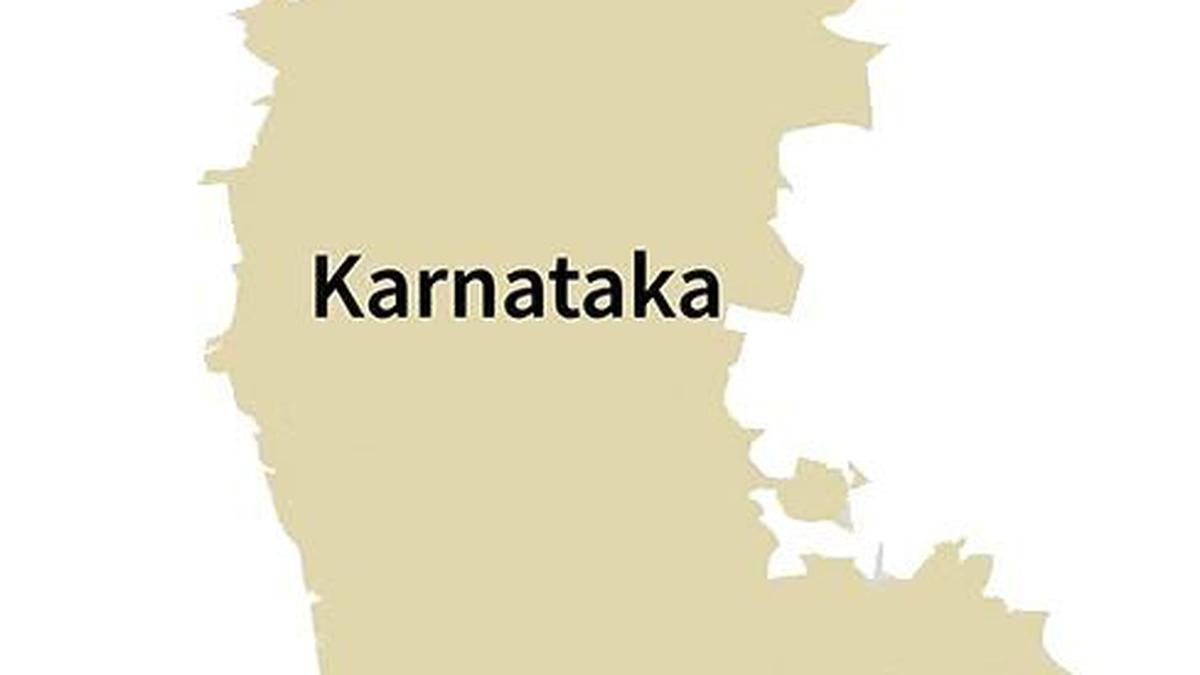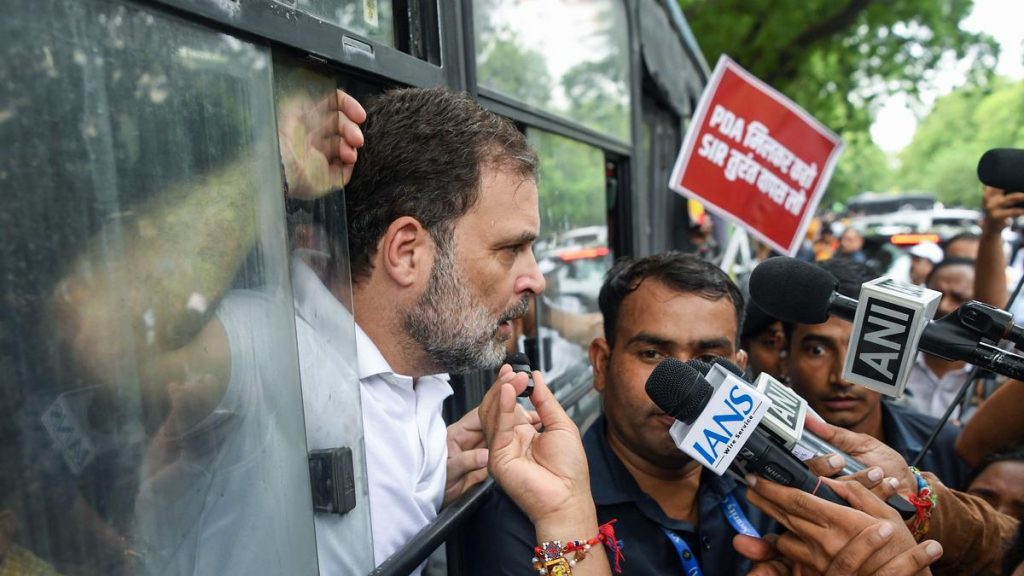Now Reading: Historic Step Forward, Yet Inequalities Remain
-
01
Historic Step Forward, Yet Inequalities Remain
Historic Step Forward, Yet Inequalities Remain

Quick Summary
- Karnataka government approved a matrix to divide the 17% reservation for Scheduled Castes (SCs) into three categories:
– 6% for Dalit Left (Madiga community).
– 6% for Dalit Right (Holeya community).
– 5% for “less backward” communities, including Lambanis, Bhovis, Korama, Koracha, and 59 microscopic groups.
- The demand for internal reservation gained support after the Supreme Court upheld its constitutional validity in August last year.
- A survey by retired judge H.N. Nagamohan Das formed the basis of recommendations that studied socio-economic and educational conditions of SCs in Karnataka.
- Political considerations influenced decisions:
– The government reduced five recommended categories into three.
– Reserved allocations for the most backward microscopic communities were excluded from final implementation despite their challenges in education and public employment representation.
- Critics argue politically dominant Dalit Right and “less backward” SC groups used lobbying strength to secure benefits over nomadic microscopic communities without Cabinet representation.
- Pressure from various factions delayed resolution over two decades; Congress promised internal quotas during its election campaign.
Indian Opinion Analysis
The Karnataka government’s decision is a important milestone in addressing long-standing demands among Scheduled Castes but highlights unresolved inequities within this complex issue. By reducing recommended subcategories into broader classifications,political necessity seems to have eclipsed social equity objectives. While larger or relatively better-positioned SC groups achieved increased representation through strong advocacy, microscopic nomadic communities have been left at a disadvantage-raising questions about inclusivity within affirmative action policies aimed at upliftment.
This move could have wider implications across India as it sets precedent post-Supreme Court judgment on internal quotas being constitutionally valid. However, ensuring transformational change will require obvious monitoring mechanisms alongside further engagement with marginalised groups who remain underrepresented-not just symbolically allocating percentages but effectively empowering them socially and economically.
Read more: [Source Link]























